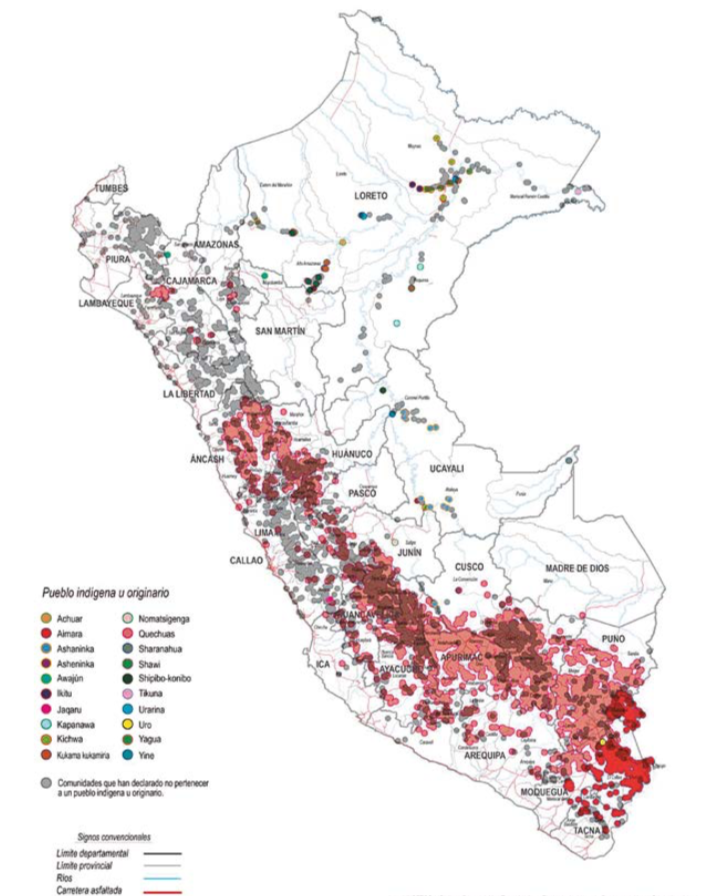Embrace our community from sound mutualism
Texto en español : https://medium.com/koshi-blog/mutualismo-sonoro-y-sus-implicancias-en-las-comunidades-c4699320293b
A clown fish (Amphiprionina) quickly hides to avoid being eaten by one of its many predators. He does not hide anywhere, he hides in a safe place for him and for the being that welcomes him: In an anemone.
The anemones are marine animals with an effective poison in their tentacles, which, for the benefit of the clownfish, do not harm him. In this way, the anemone becomes a safe place for the fish, where it hides, feeds and even reproduces. While the anemone benefits from the swimming of the fish, to the extent that it is there, it generates oxygen with its flapping, and as if that were not enough, the latter feeds on the bacteria that are harmful to the anemone. These two species are not dependent, since they can live alone, but together they live better. This graph simplifies this beautiful relationship.

If we extrapolate this relationship to other natural phenomena such as sound, we see that we can notice something else. The sound exists in a conducting element such as air or water, and can never happen in an empty space. This means that the reactions and behaviors are intimately determined by the bodies that receive or reflect the sound energy.
We as humans can only hear the vibrations that occur between 20MHz and 200MHz, however outside of that range there is energy that is constantly happening around us without us noticing, at least at a sound level.
We as humans can only hear the vibrations that occur between 20MHz and 200MHz, however outside of that range there is energy that is constantly happening around us without us noticing, at least at a sound level.
We as humans can only hear the vibrations that occur between 20MHz and 200MHz, however outside of that range there is energy that is constantly happening around us without us noticing, at least at a sound level.
But what does clownfish, anemones and sound have to do with it? Well, if we take these two phenomena of nature we can talk about a principle that I call: The Principle of Sound Mutualism. This principle is the affirmation that any intervention or energy in nature can only be explained in relation to other bodies or beings, and that its benefits are related to a healthy and productive coexistence, and never to a dependency that can be destructive in the long run. for the bodies involved.

We could deepen this analogy, understanding the various acoustic phenomena such as reflection, absorption, refraction, or all the relationships between species in nature. However, we could say that to a large extent in all cases they seek to make efficient and effective use of the energy used to achieve more and with less effort.
Now let's try to apply this principle of sound mutualism to the way in which we humans are linked with nature. For this, it should be noted that there are various forms of links with nature that are related to our culture, types of resources, history, among others. However, the hegemonic is the vision where nature is to serve us and use it for our benefit.
Apart from this hegemonic vision, there are visions that make this relationship more compassionate and are more in tune with the principle that I mention, I will try to explain it with the case of the communities in Peru.
In Peru there are 10,000 peasant and indigenous communities, it is almost 40% of the rural population of the country, and the extension of the land with which they are related continues to grow, something that apparently some intellectuals and economists deny, because they consider it a burden. for development. That dynamism may be a response, as Ramón Pajuelo Téves mentions in his book “Communal Trajectories”, to the desire to gain greater quotas of equality and another way of achieving that progress and development. Now if we take a closer look at who makes up these communities, we see that there is a large part that are indigenous and that we do not have much more information despite all the efforts made by the state.

Although we cannot assume that its growth is only a sign of resistance, since there are other demographic or economic aspects in these territories. We can assure you that if there is a mutualist vision with our nature in these communities, it is much more sustainable than just a predatory or even a scavenger vision.
Probably this paradigm shift is just the beginning, so that this form of bonding with nature translates into new work schemes, models such as that of the communities in the center instead of just the users (buyers), are revealing in smaller economies. developed above all linked to technology. For example, in the case of Shopify, its strength was found in building a community of diverse sellers who wanted autonomy in data and curating the user experience outside of the large centralizations such as Amazon, eBay and Etsy. Shopify's model is a shift towards decentralization and diversity, compared to an industry that only aimed at hyper-efficiency. This graph explains very well how a community-centered system that is based on feedback, recirculation of resources and energy can be more powerful and strong, compared to another that only seeks accumulation.
Probably this paradigm shift is just the beginning, so that this form of bonding with nature translates into new work schemes, models such as that of the communities in the center instead of just the users (buyers), are revealing in smaller economies. developed above all linked to technology. For example, in the case of Shopify, its strength was found in building a community of diverse sellers who wanted autonomy in data and curating the user experience outside of the large centralizations such as Amazon, eBay and Etsy. Shopify's model is a shift towards decentralization and diversity, compared to an industry that only aimed at hyper-efficiency. This graph explains very well how a community-centered system that is based on feedback, recirculation of resources and energy can be more powerful and strong, compared to another that only seeks accumulation.

There are several models that today, thanks to the pandemic, have accelerated, especially those related to technology. However, there are sectors such as raw materials, where Peru is highly dependent, which is still far from proposing other ways of relating to nature and its communities.
This is why I wonder what would happen if we apply the principle of sound mutualism in such a hard and complex activity? I respond with the memory of a video I made a long time ago where some of the links that extractivism has with our nature are explained and a change of model that the Uruguayan Eduardo Gudynas calls Transitions where, without the intention of being reductionist, he talks about a slowdown in consumption.
However, beyond this great paradigm, I believe that in our most daily and domestic relationships we can provoke more mutualistic relationships with other beings, even with other human beings who are part of this slowdown. I think we would be in a better position to make communities healthier and more sustainable. Where, just like the clown fish and the anemone, we are not dependent, but where together we live better than apart.
This is why I wonder what would happen if we apply the principle of sound mutualism in such a hard and complex activity? I respond with the memory of a video I made a long time ago where some of the links that extractivism has with our nature are explained and a change of model that the Uruguayan Eduardo Gudynas calls Transitions where, without the intention of being reductionist, he talks about a slowdown in consumption.
However, beyond this great paradigm, I believe that in our most daily and domestic relationships we can provoke more mutualistic relationships with other beings, even with other human beings who are part of this slowdown. I think we would be in a better position to make communities healthier and more sustainable. Where, just like the clown fish and the anemone, we are not dependent, but where together we live better than apart.
Escrito por Nahun Saldaña para Koshi medium https://medium.com/koshi-blog
2022
2022
The universe now appeared to me as a void wherein floated rare flakes of snow, each flake a universe.
El sonido nos atraviesa como seres sensibles que somos condicionados a un territorio, pensamientos y a una comunidad.
Estoy abierto a colaborar, conversar, debatir y apoyar cualquier iniciativa que desea generar un impacto positivo desde la innovación, el sonido y la tecnologia. Si es así escribre a nahunoise@gmail.com
